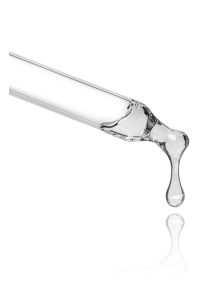Squalene (Water Soluble, 24% Squalene)
Cosmetics
Code: 171053
Lipid that mimics human sebum, fills inter-corneocyte lipid spaces and lowers transepidermal water loss
Cart
No products
Subtotal:
0.00
Total
0.00
THB



